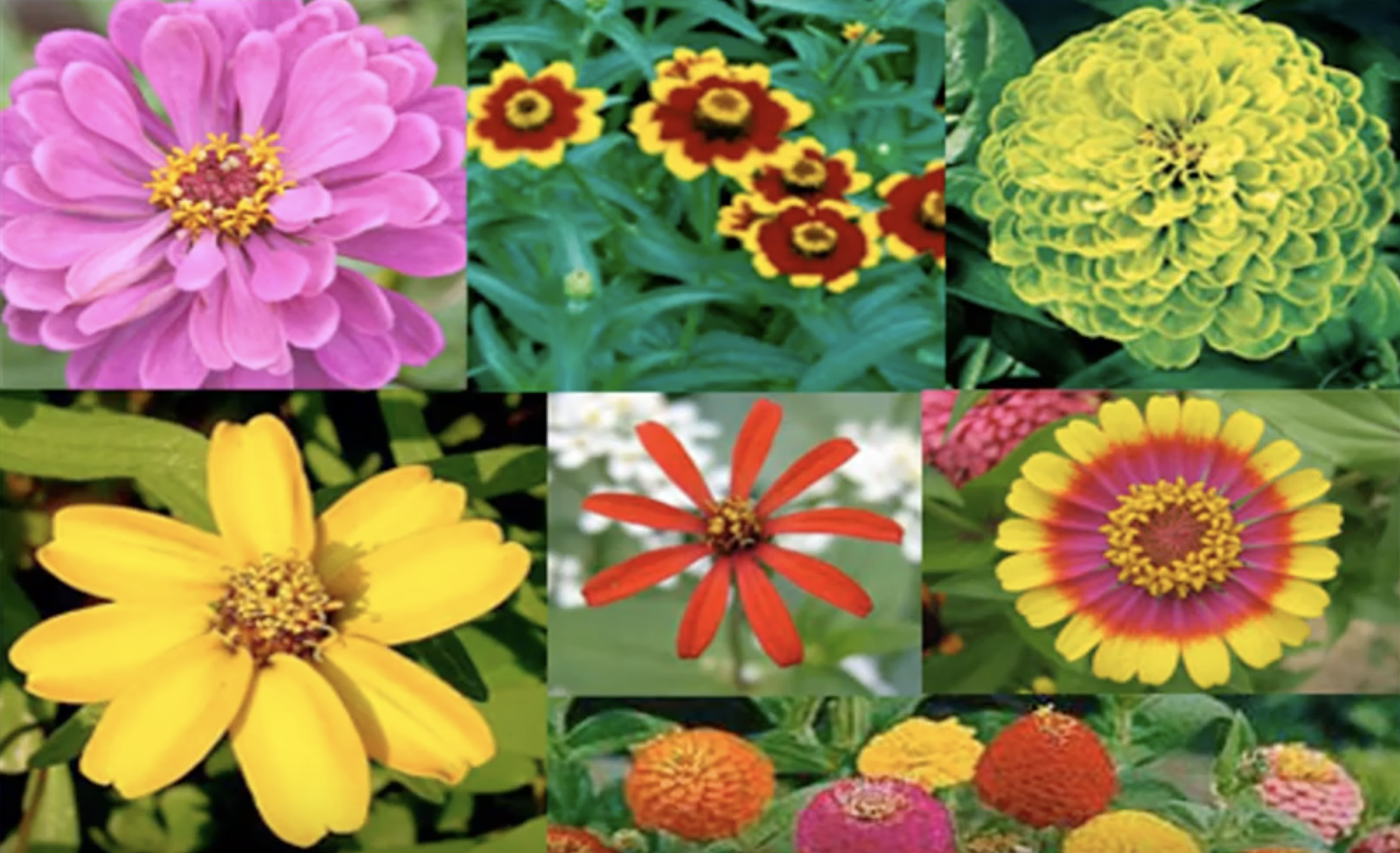Plants That Survive and Thrive on the OBX – Zinnia
go.ncsu.edu/readext?671210
en Español / em Português
El inglés es el idioma de control de esta página. En la medida en que haya algún conflicto entre la traducción al inglés y la traducción, el inglés prevalece.
Al hacer clic en el enlace de traducción se activa un servicio de traducción gratuito para convertir la página al español. Al igual que con cualquier traducción por Internet, la conversión no es sensible al contexto y puede que no traduzca el texto en su significado original. NC State Extension no garantiza la exactitud del texto traducido. Por favor, tenga en cuenta que algunas aplicaciones y/o servicios pueden no funcionar como se espera cuando se traducen.
Português
Inglês é o idioma de controle desta página. Na medida que haja algum conflito entre o texto original em Inglês e a tradução, o Inglês prevalece.
Ao clicar no link de tradução, um serviço gratuito de tradução será ativado para converter a página para o Português. Como em qualquer tradução pela internet, a conversão não é sensivel ao contexto e pode não ocorrer a tradução para o significado orginal. O serviço de Extensão da Carolina do Norte (NC State Extension) não garante a exatidão do texto traduzido. Por favor, observe que algumas funções ou serviços podem não funcionar como esperado após a tradução.
English
English is the controlling language of this page. To the extent there is any conflict between the English text and the translation, English controls.
Clicking on the translation link activates a free translation service to convert the page to Spanish. As with any Internet translation, the conversion is not context-sensitive and may not translate the text to its original meaning. NC State Extension does not guarantee the accuracy of the translated text. Please note that some applications and/or services may not function as expected when translated.
Collapse ▲Join the Master Gardener℠ volunteers of Dare County in the coming weeks to discuss plants that have been proven to survive and thrive on the OBX!
Zinnias
Highlights:
- Zinnias are an annual flower that can grow almost anywhere!
- You can grow zinnias directly in the ground, which makes them great for beginners and kids. Sow seeds in the ground by covering in about 1/16 inch of soil. You can expect germination after 10-24 days.
- They like well-drained soil and love the heat of summer.
- Zinnias come in a variety of shapes and colors. They range in height from 6 inches to 3 feet.
- Zinnias make great options for ground cover or edging around houses.
- If you like long-lasting cut flowers, zinnias are a great choice!
- Fungal diseases to watch for:
- Powdery Mildew
- To prevent this, water only when needed and water the roots, not the leaves. Powdery Mildew thrives in moist areas with little air circulation. By reducing overcrowding, you can reduce the chances of Powdery Mildew. Choose a slow-release fertilizer instead of rapid release fertilizers in order to deprive Powdery Mildew of the energy bursts needed to thrive.
- Alternaria Blight
- Like Powdery Mildew, Alternaria Blight thrives in moist conditions and can be prevented in many of the same ways.
- Powdery Mildew
- Pollinators, including butterflies, love zinnias!
- Zinnias are deer-resistant and non-invasives.
- You can harvest zinnia seeds for the next year of planting.
Check back in the coming weeks to learn about more plants that survive and thrive on the Outer Banks.
Learn more about Master Gardener℠ volunteer programs in Dare County!





